You are using an out of date browser. It may not display this or other websites correctly.
You should upgrade or use an alternative browser.
You should upgrade or use an alternative browser.
Mavic 2 wet suit question....
- Thread starter rayrod354
- Start date
- Joined
- Feb 8, 2018
- Messages
- 8,536
- Reactions
- 13,799
- Age
- 56
We learned a lot from working with the Wet Suit for the Phantom series drones submerging the Phantom under water and flying in the rain.So I’ve been seeing the the phantom rain wet suit being talked about for a while. Here’s my question? What parts of the drone need to be covered and what parts need to be exposed?
The Same with the Mavic 2 , Mavic Air 2 and Mavic Pro.
The Motors because they are aluminum Brush-Less Motors are designed to negotiate water and extreme levels of heat so much in fact that these same
motors are used in some Submersibles.
As far as the vents go on the back part of the drone , rather than block them, we just need to make it harder for the Rain to get inside them by creating
a smaller opening and creating space from the vents. This worked incredibly well on the Phantom 4 and works also on the Mavic. drones also.
If you have read enough articles on the Forum you will see that the Battery and Power Button are the weak links when it comes to flying in the snow and the pouring rain or being splashed by the water.
It only takes about 3 minutes in a good pouring rain to get water inside the battery compartment. Three things happen :
One the Battery disconnects the Drone flips over and falls out of the sky. No warning.
Second you get a warning :: { Battery can no longer connect to the controller } Than you have about 5 seconds before it disconnects.
Third the light on top of the battery starts flashing and a few days latter starts swelling as the power button as been compromised and the battery fails to discharge.
You can ruin a Perfectly good battery by just running the battery under the tap water for about 15 seconds to get the flashing light.
The Sensors on the bottom of the drone are very susceptible to water drops so that is why we have the Surge Mask on the Bottom to protect the sensors.
and it wont make a drone fall out of the sky but it will change how it flys.
There really is no downside to the Wet Suit , its easy to install and it weighs 1/2 of an ounce , protects your batteries , and empowers and enhances your drone.
if it saves you 1 battery it pays for itself., If is saves you from panic and keeping your drone for the DJI Refresh Program its $$$$ cash in your Pocket .
We offer the Forum Members a really nice Discount Package that is not on the Website.
email me at [email protected]
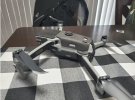
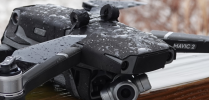
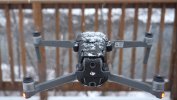
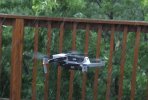
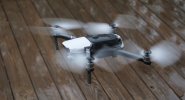
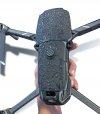
Last edited:
- Joined
- Feb 8, 2018
- Messages
- 8,536
- Reactions
- 13,799
- Age
- 56
No part of the drone need to be covered. No drone need to or should fly in rain/snow. No wet suit will protect your drone against excessive air moisture or water dive. No drone will suffer from occasional rain mist ...So I’ve been seeing the the phantom rain wet suit being talked about for a while. Here’s my question? What parts of the drone need to be covered and what parts need to be exposed?
Similar threads
- Replies
- 10
- Views
- 2K
- Replies
- 2
- Views
- 789
- Replies
- 10
- Views
- 2K
- Replies
- 4
- Views
- 1K
- Replies
- 40
- Views
- 12K
DJI Drone Deals
New Threads
-
-
-
-
-
3 We hit another Log, also destroyed our Jib. Awesome Week
- Started by Vernon
- Replies: 0
Members online
Total: 3,169 (members: 14, guests: 3,155)









